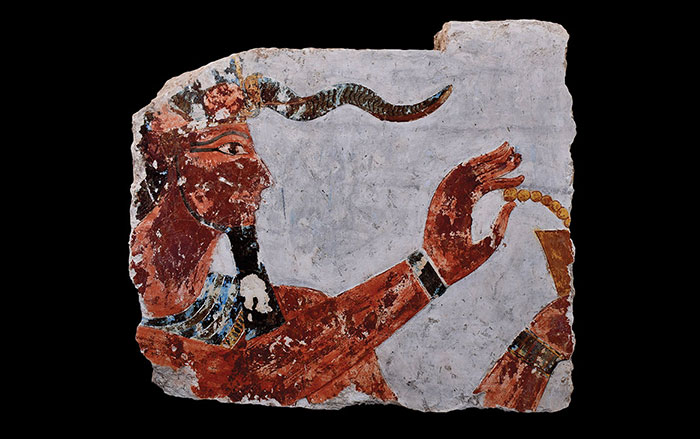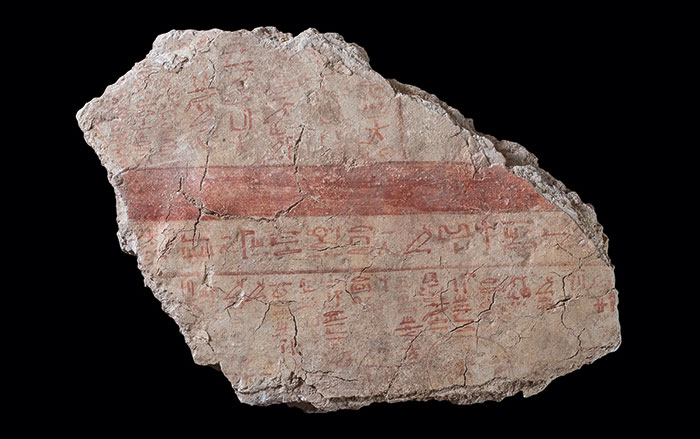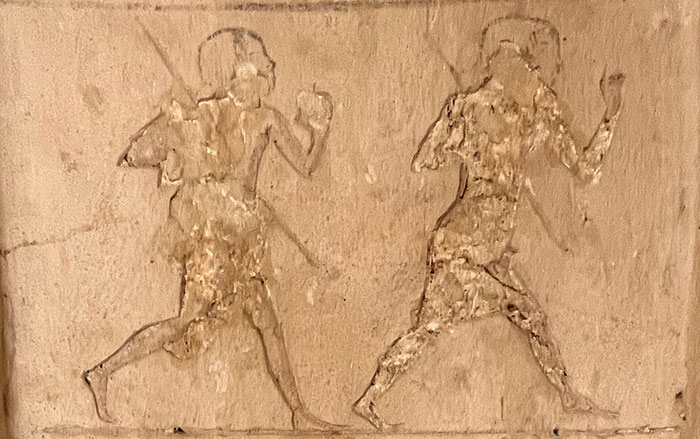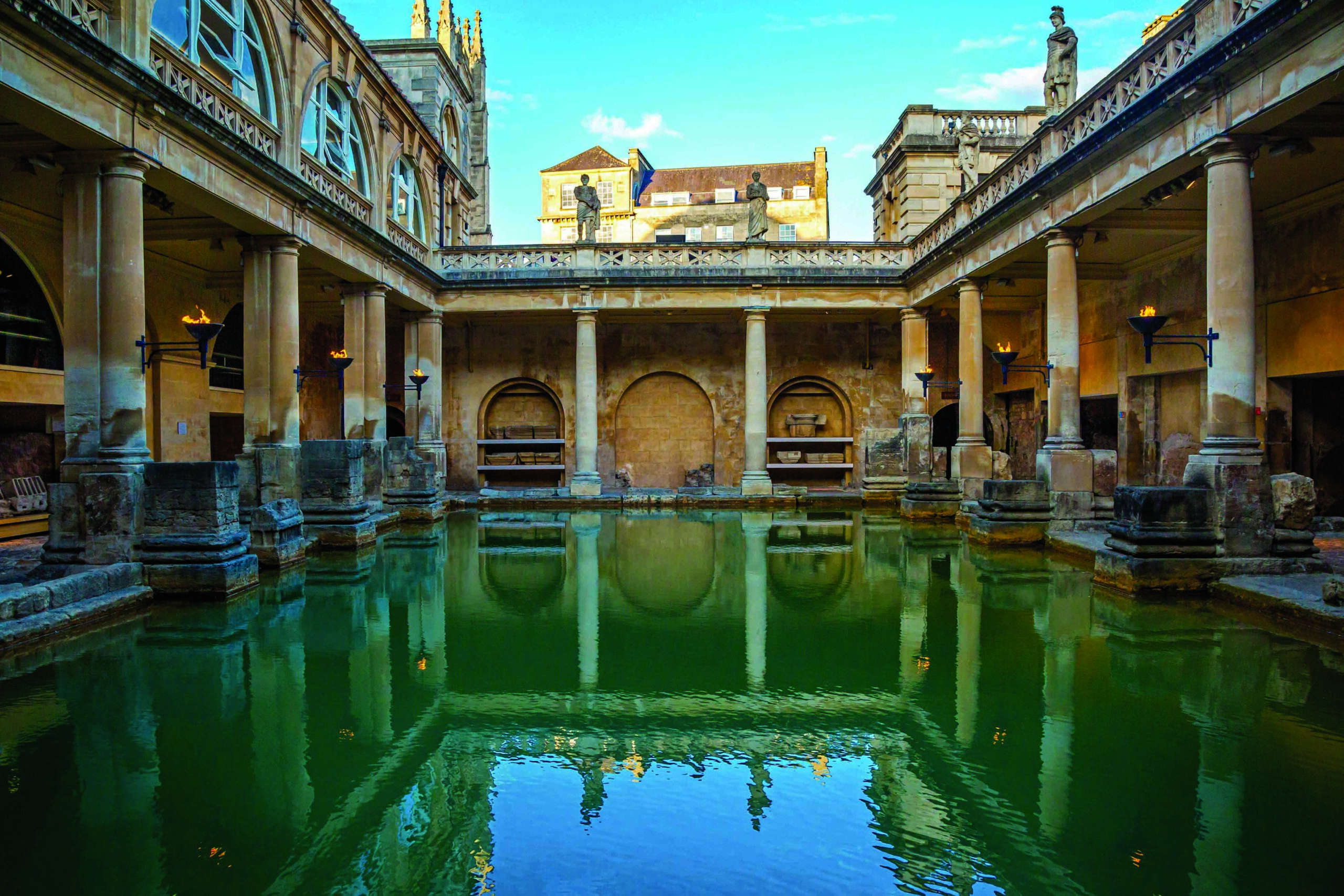
WARSAW, POLAND—Science Magazine reports that while Anastasiia Stupko-Lubczynska of the University of Warsaw and her colleagues were cleaning and restoring the limestone walls of a room at the temple of Hatshepsut at Deir el-Bahari, they noticed variations in the quality of the workmanship in the 200 carved figures. The images depict men carrying sheaves of wheat, baskets of birds, and other offerings to Hatshepsut, one of Egypt’s few women pharaohs, who ruled from 1478 to 1458 B.C. “Because we have so many figures with repetitive details, we can compare the details and workmanship,” Stupko-Lubczynska explained. “If you look at enough of them, it’s easy to see when someone was doing it properly.” For example, the researchers noticed sloppily chiseled edges on some of the figures; wig curls formed with multiple chisel blows, compared to some formed with just two or three; and places where mistakes had been corrected. Stupko-Lubczynska suggests that the work was done in phases by different artists, including master carvers, trainees, and assistants to hold oil lamps in the windowless hall. “You can feel that they were normal people like us, who could be tired or hungry or ill,” she concluded. Read the original scholarly article about this research in Antiquity. To read about the discovery of a tomb at Deir el-Bahari that archaeologists believed belonged to Thutmose II, go to "Closing in on a Pharaoh's Tomb."










